Edibles - Understanding the Basics
“Edibles”, or food made with cannabis as an ingredient, is a popular way for medical patients to consume cannabis.
Ingesting cannabis can have many potential benefits when compared to other consumption methods.
In this Kanteeva article we are going to explain the basics about cannabis edibles so you can become educated and better informed in order to make better decisions when it comes to your medical cannabis therapy.
What are the Potential Benefits of Orally Ingesting Cannabis?
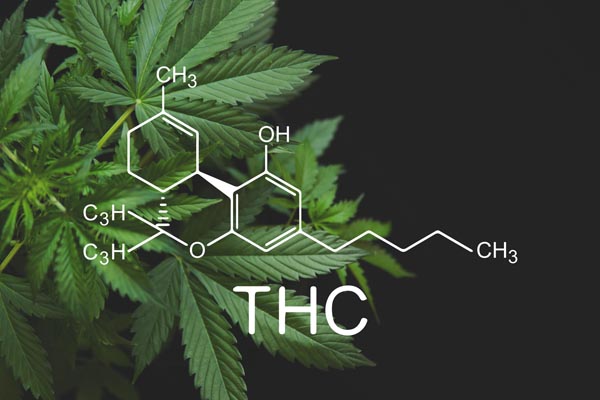
There are many potential benefits to orally ingesting cannabis.
Many patients swear by oral administration of their medical cannabis and science is starting to understand why!
Below are some of the major advantages of orally consuming medical cannabis.
The Effects Last Longer
The effects of ingestion usually last much longer than smoking or vaporizing due to the biological process of “eating” your cannabis. As a general rule, the effects will last 2 to 3 times longer than inhalation of cannabis smoke or vapour.
Edibles allow patients to stay medicated for hours at a time. With the correct dosage, edibles are effective enough to last through the night and into the morning; patients can find relief from the symptoms of their ailments for up to 8 hours or more. Some patients who use RSO concentrates orally say they can feel the effects for over 12 hours.
The Effects are Different
The effects are different when we ingest cannabis because of the way we metabolize the cannabinoids through our digestive system. Our liver plays a major role in this process because it transforms a portion of the psychoactive cannabinoid “delta 9 THC” (THC) into a more potent and longer lasting form of THC called “hydroxy THC.”
When consuming cannabis orally, the onset of effects usually take 30 to 60 minutes to begin and sometimes can take much longer.
Route of administration is a fundamental variable in determining a drug’s pharmacokinetics, which is defined as the time course and process through which a chemical (such as Δ9-THC) enters the body, travels to various tissues and organs, and is metabolized before elimination.
This THC metabolite, “hydroxy-THC”, may also cross the blood-brain barrier (BBB) more effectively than “THC.”
The effects of ingesting cannabis are drastically different when compared to other consumption methods, even when they are made from the exact same flower.
To learn more about the biology of oral administration of cannabis, we invite you to read our Kanteeva article, “The Biology of Oral Consumption.”
Edibles can be Consumed Discreetly
A small gummy, chocolate or brownie edible can pack a big punch and there is no need to “light it up” since it is already “decarbed,” which means the cannabinoids have been activated through the application of heat and are ready to be orally consumed. This method of consumption is very discreet.
The majority of edibles have little to no “cannabis” odour or smell associated with them which makes it easier to bring them with you unnoticed. Edibles are already “decarbed” so handling them excessively is ok because you are not going to damage or degrade the cannabinoids.
Doses are Able to be Scaled Up and Down with Ease and Accuracy
If you want stronger or longer lasting effects, you can take two edibles but if you want a more mild experience, you can split the edible into smaller sections like quarters or halves. For example, if you have a 20mg THC chocolate and you eat half of it, then you have most likely ingested around 10 mg of THC.
As you can see, there are many potential benefits to ingestion and this is why edibles are so popular in the medical cannabis community. Many medical patients report that ingesting cannabis concentrate products is the best way for them to find relief from their ailment(s).
What are the Different Types of Edibles?
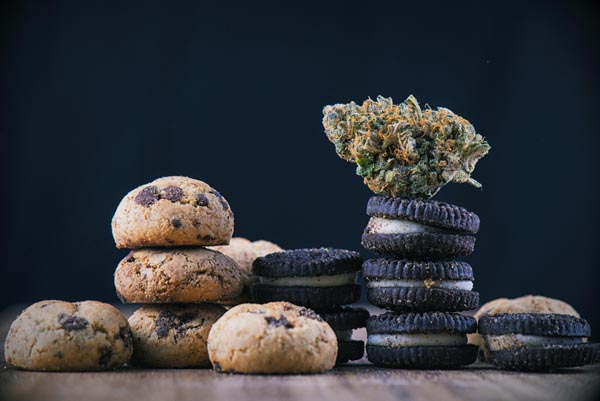
Edibles come in all different forms, sizes and flavours. An edible, is any type of food that contains cannabis that has been “decarbed,” or activated; the options are more or less limitless.
Essentially, whatever you can eat or drink, you can make it into an edible.
This being said, the most common edibles today are chocolates, gummies, cookies and brownies.
We here at Kanteeva suggest creating or consuming edibles that have fat incorporated into the food product because cannabinoids are fat loving (lipophilic). Alternatives to animal fat, like MCT oil or coconut oil, are called carrier oils and are also commonly used in edible products and work well too. Cannabinoids are hydrophobic, or "water hating," so water based products are not suggested.
Edibles may also be strain or variety specific.
Knowing what strain or variety of cannabis was used to produce each edible product is important because it will help you determine the effects that will be produced.
For example, if the edible is made from an Indica strain, like Hindu Kush, it will most likely produce the effects that are specific to Hindu Kush; relaxing and euphoric but also very sedating in nature.
On the other end of the spectrum, if the edible was made from a Sativa strain, like Durban Poison, it will most likely produce cerebral, uplifting and energetic effects. These effects are ideal for the day time, unlike the effects produced by Hindu Kush which would be ideal for the evening hours and before bedtime.
As you can see, there are many variables involved with edibles so be smart, be informed and take it slow.
How Strong are Edibles?
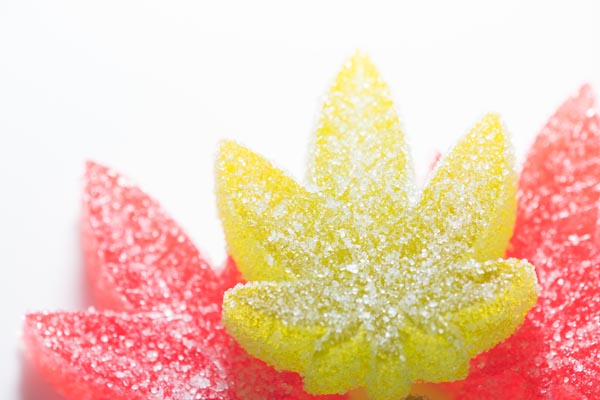
The strength of edibles varies greatly depending on what country or area you are located in. In general an edible will range from 2.5 mg to 500 mg THC.
Clinical studies of dronabinol, an orally administered pharmaceutical stereoisomer of Δ9-THC, have shown that, for some individuals, 2.5 mg is sufficient to produce recognizable effects, while for others, higher doses are necessary—in some cases daily doses exceeding 50 mg (reviewed in Grotenhermen, 2001). Because of this variability, computation of an exact pharmacologic equivalency between a given mass of Δ9-THC contained in smoked cannabis and a mass of Δ9-THC contained in an edible is extremely difficult.
We suggest that you do your homework before purchasing edibles and recommend that you do not buy or consume edibles hastily. Orally ingesting cannabis without knowing the exact dosage or without knowing your tolerance level can turnout poorly, especially if you are one of the unfortunate people who experience a cannabis overdose or “green out.”
This is not a pleasurable experience or a place that anyone wants to visit; it can be one of the most uncomfortable, distressing and scary times of someone’s life.
To ensure you do not end up in this situation we have created an oral dosage guideline to help you.
As a general rule, beginners should start with 5 mg or less of THC and then slowly increase the dosage as needed. Many first timers say they can hardly feel a 5 mg dose of THC, while others report they can feel the effects strongly.
Either way start low and slow.
What Else Should You Know About Edibles?
Considering that the subject of edibles is complicated and highly misunderstood, many people (especially beginners) ingest too much cannabis, causing negative experiences. This will often turn people off of using or trying medical cannabis again because taking too much cannabis can be a scary experience to say the least.
We all react differently to cannabis and to edibles because we all have our own unique body systems, such as our endocannabinoid system.
Please speak with your healthcare practitioner(s) before consuming cannabis edibles for medical purposes because cannabis is not for everyone, although it may be a great option for you and your needs.
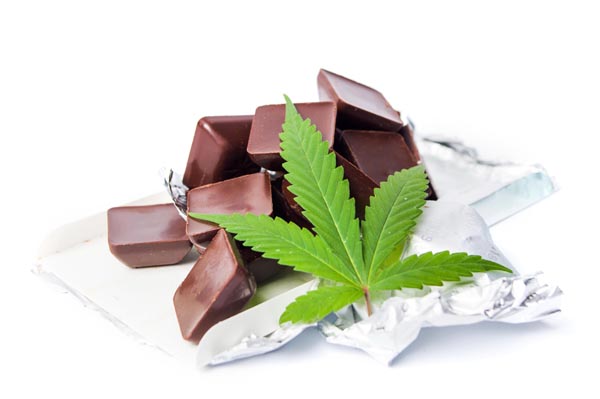
Can You Make Your Own Edibles?
Yes, many people prefer to make their own edibles.
Many of these homemade edibles are made with “decarbed” cannabis concentrates. This makes scaling, consistency and accuracy of doses more manageable and effective when compared to using homemade “flower” based concoctions like “cannabutter”.
To learn more about how to make your own edibles, we invite you to visit our DIY section.
Questions to ask when Buying or Before Ingesting Edibles?
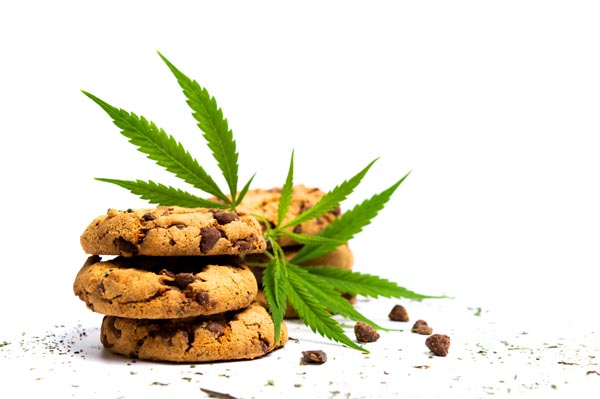 Was the edible purchased from a regulated and reputable source?
Was the edible purchased from a regulated and reputable source?- Was the edible tested for cannabinoid content and screened for pesticides and other unwanted contaminants?
- Was a cannabis concentrate used? If yes, what type?
- What is your ideal dosage for each edible?
- What is the potency of the edible?
- What strain or variety was used to produce the edible? This will help determine the effects of the edible.
- Is the edible easily split into smaller portions like equal halves or quarters?
- Does the edible have fat or an alternative “carrier oil” incorporated into its composition?
- Will it be easy to transport and store when you are on the move or not at home? Will the edibles easily melt or spoil?
- Is it easy to consume in a discrete manner if you need to medicate in public?
Now that you know the basics of cannabis edibles, let us know if you have any questions by posting them below.
Have you ever used or made cannabis edibles for medical purposes? Share your experience with edibles by commenting below. We also invite you to join our community to learn more and to stay connected.
Learn. Share. Connect.